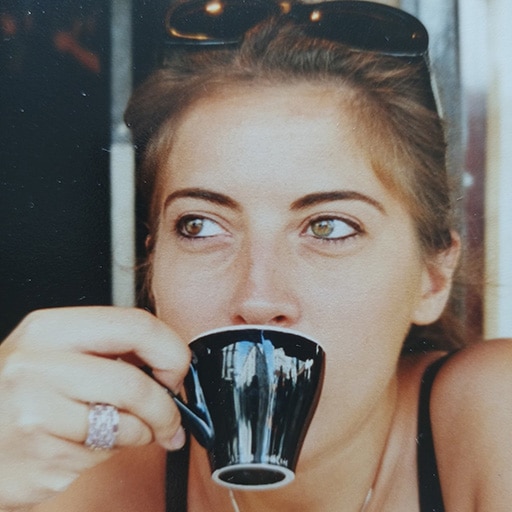Assassin's Creed: Valhalla (Ubisoft, 2020) © Screenshots Nicolas Alpach
While the advent of photography changed the way we see the world, artists have always used technical and technological advances to express their vision. With the rise of...

Assassin's Creed: Valhalla (Ubisoft, 2020) © Screenshots Nicolas Alpach
While the advent of photography changed the way we see the world, artists have always used technical and technological advances to express their vision. With the rise of...


Read more: Through the Eyes of Film-Set Photographers

You’re getting blind.
Don’t miss the best of visual arts. Subscribe for $9 per month or $108 $90 per year.